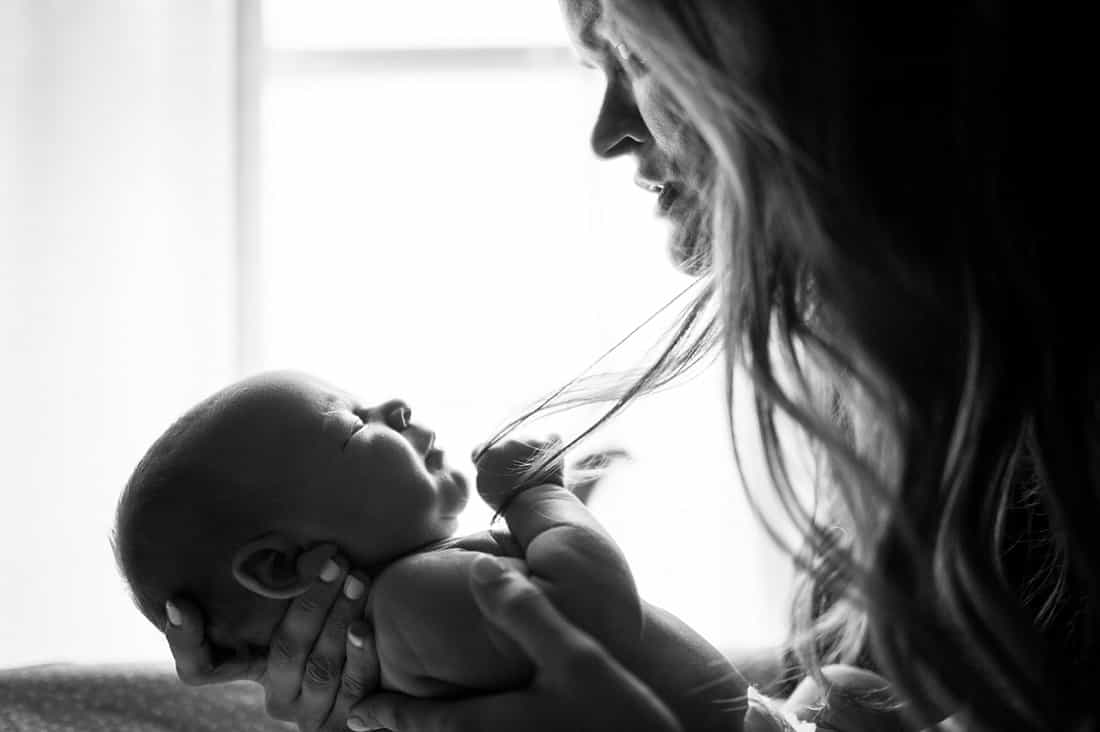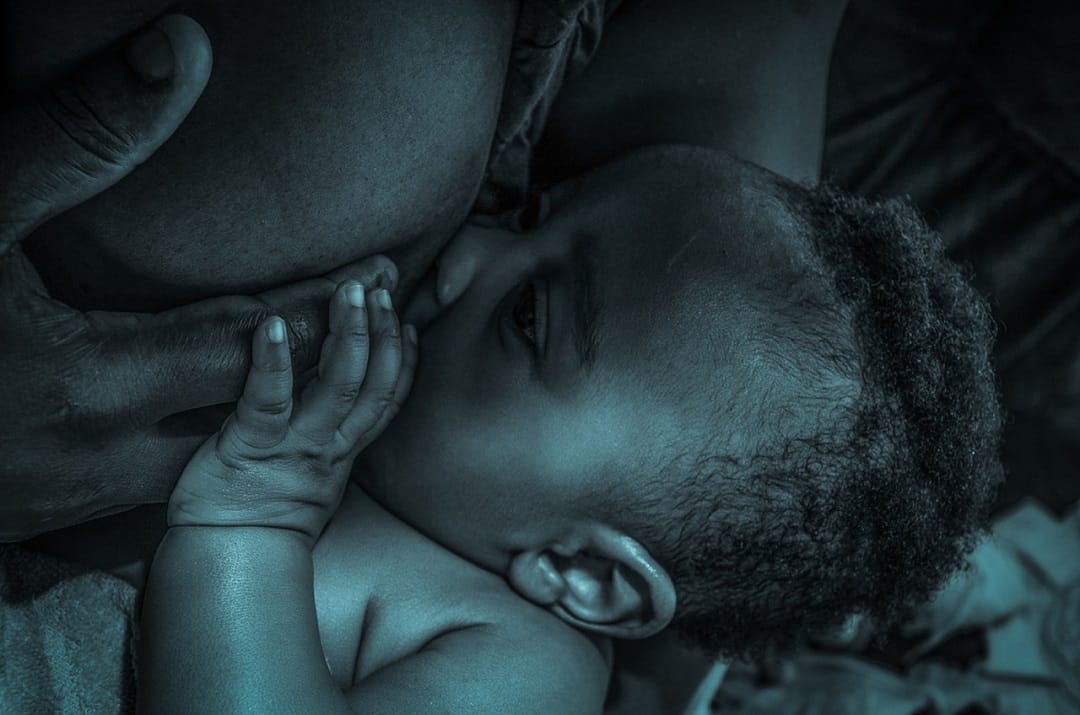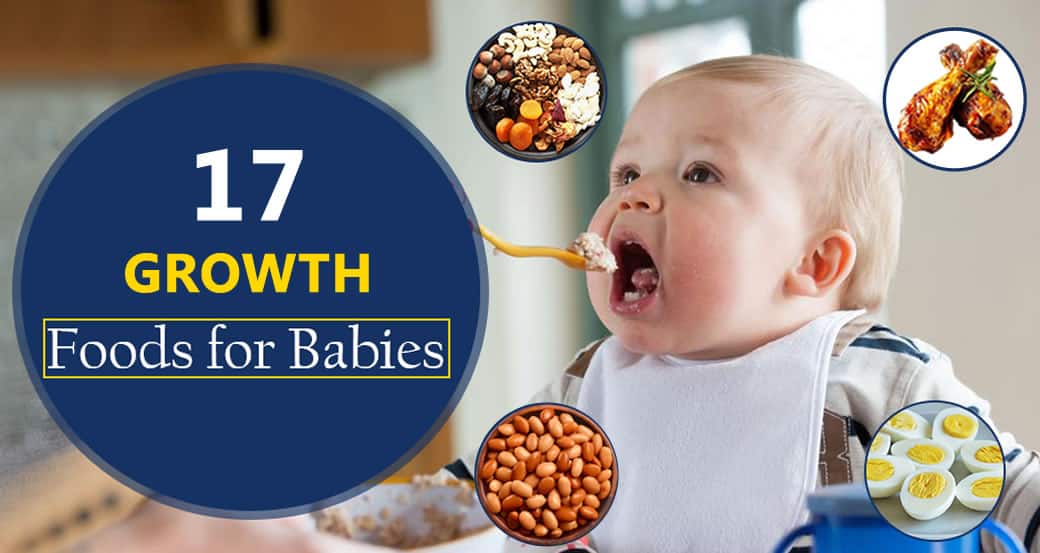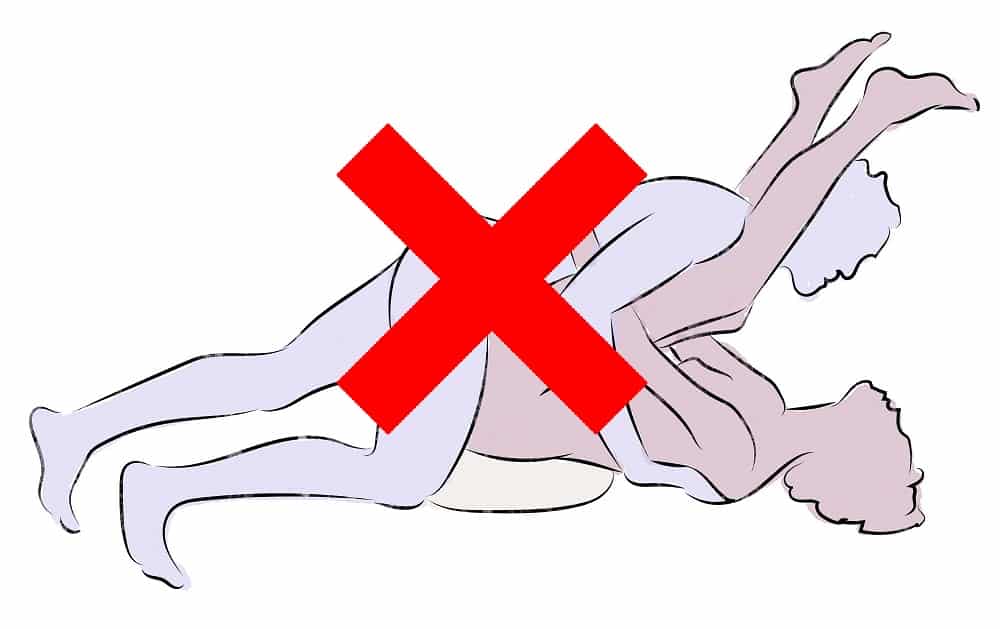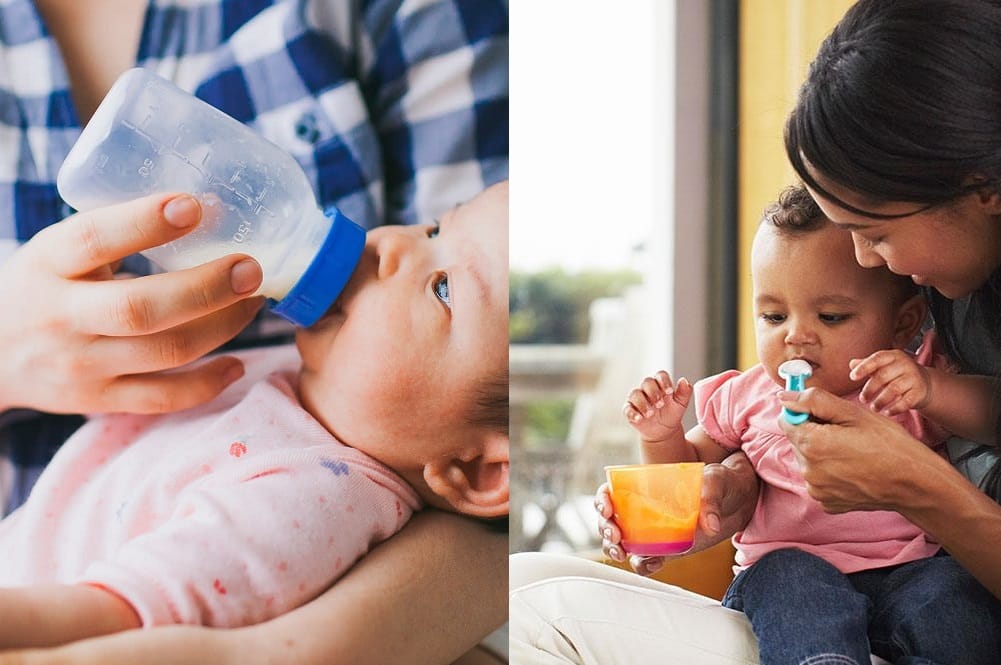Different stages of motherhood and what to expect
The transformation to motherhood and its expectations are another learning process entirely. Life itself is full of learning, and learning is a continuous process. As you are aware, a lot of responsibilities characterize motherhood. Several stages transform into motherhood.
Motherhood is another stage of metamorphosis in a female. It involves giving birth to and raising a child. It is a unique time of your life that differentiates you from being a girl and a mother. To most women, motherhood means different things. In all the several meanings, it boils down to love, care, comfort, interests, and many more showered upon their kids.
What are the benefits of motherhood?
A lot of benefits come with motherhood, although it has its fair share of struggles. The positive side outweighs the negative side. Some of the benefits of motherhood include (but not limited to):
- It reduces cancer risks. The fact that your womb has produced a child plus the fact that you breastfeed reduces your chance of developing cancer. Breastfeeding lowers the risk of getting breast cancer by altering the cells in the breast. Thus, making it more resistant to disease. Also, a mother has a lower chance of developing ovarian cancer. Having kids reduces your likelihood of womb cancer by more than a third. The number of kids you have further reduces your chance of developing ovarian cancer.
- Better memory. While many changes are associated with pregnancy, the benefits of giving birth cannot be overemphasized. Studies revealed that giving birth increases the grey matter in the brain.
- Longer life expectancy. Women who became mothers at an early age (25 years) have a higher chance of living up to ninety years on planet earth.
- Increased productivity at work. The fact that mothers can multitask makes them more productive at work than their child-free colleagues. Despite being the most stressed, they still end up doing well at work. Working mothers are more productive in the office. This productivity tends to increase as your kids grow older.
- It reduces the risk of diabetes in breastfeeding mothers. Research shows that mother that breastfeed for six months or less can reduce their chance of developing type 2 diabetes. It is assumed that the hormone involved in lactation has a direct influence on the cells that affect the insulin level.
What are the stages of motherhood?
- The waiting stage. It is time you can\’t wait to get pregnant—the stage when several pregnancy thoughts filled your mind. Here, you imagined what kind of mom you will be for your kids. How well you will take care of your kids by giving them your best. During this time, you are preparing and reading all sorts of parenting books that will effectively foster your motherhood.
- The positive stage. A pregnancy confirmation stage. You might still feel you are dreaming at this stage. When you observe that the baby kicks, then you know that reality finally hits you.
- The miracle. It is the end of the nine-month waiting period—the stage where you finally meet the baby of your dreams and prayers. Here, you now believe that nine months is worth the waiting. It worth all you have gone through during the waiting period—the stage where you conclude that you will always be there for this beautiful baby.
- The new mom. This stage can be exhausting. You have a lot to attend to, and most times you are stressed out. You feel that the baby needs you often even when you try to close your eyes. You still have time to love your little angle despite just adjusting to delivery aches and having a lot at hand. The baby makes you complete even with the feeding, smiles, cuddles, and the sound they make.
- The fun, mom. It is the excitement stage. The moment your baby learns to roll over, crawl, walk, run, and even talk, you become happier. I am sure you are pretty excited the first time you heard your child call you, mom? The reality that you are now a mother hits you officially. Your baby sees you as a superhero that can do anything.
- The progress stage. The stage at which mothers wish that time can slow down. The stage at which their baby is no longer a baby but a grown-up. Here, he or she enters kindergarten or elementary school, and they are gone all day. Here, you miss your kid. But education is essential for progress, so they tend to adapt.
- The friendly mom stage. It is the teen age at which your child needs you most. They see you as their friend here. They trust you and talk to you about several things. You also help them out with their homework, buy them beautiful clothing, and pray that they find a good friend. You understand here that they need more of you by giving them a listening ear and making them smile at all times.
- The fast forward stage. At this point, you wish time can speed up. Your child is at the teenage of their lives. You know what is best for them, but they still struggle with you. They start having friends, both boys, and girlfriends. They start making up, dating and driving, but you guide them to making the right decisions.
- The hopeful mom stage. It is a promising stage where your kid is well grown. Your child is now at college and now living alone. All you could wish for them is the best in making the right decisions. At this stage, your child is eager to leave the house and rent an apartment. Once they are gone, they start missing everything about you, including the meals you make for them. They can\’t wait to see you. They often call to seek advice on issues at hand because they realized that they need their mom.
- The stage of being the mother of the bride or groom. It is the moment of happy tears where the child finally leaves home and start a family of their own. It is the stage at which your child finds a life partner, but your role as a mother cannot be replaced. When you see your child in a beautiful gown or handsome tux, you are filled with joy.
- The promotion to grandma. At this stage, you have achieved a lot, and your little kid of that time is now a mother. You realized how time flies and how fulfilled you are in becoming a grandmother.
- The feeling of completion and eternal role. You sit down and meditate on all you\’ve been able to achieve during your motherhood. At this stage, you show gratitude for the opportunity you had being a mother. Here, you know you have done best and leaving a legacy behind. Even after death, the role of a mother continues. A mother forever plays a notable role in our lives.




